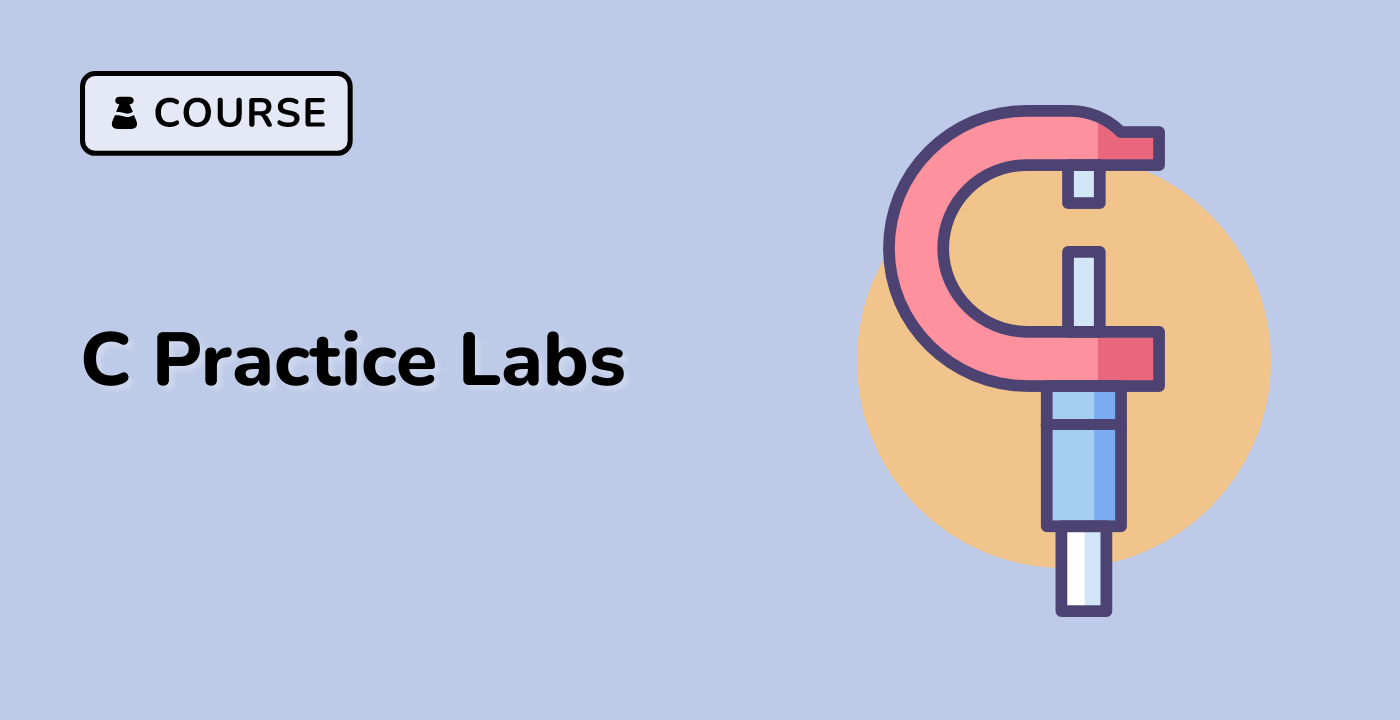Error Handling Techniques
Introduction to Error Handling
Error handling is a critical aspect of input range validation, ensuring robust and reliable software performance by managing unexpected or invalid inputs effectively.
Error Handling Strategies
1. Return Code Method
enum ValidationError {
SUCCESS = 0,
ERROR_OUT_OF_RANGE = -1,
ERROR_INVALID_TYPE = -2
};
int processUserInput(int value) {
if (value < 0 || value > 100) {
return ERROR_OUT_OF_RANGE;
}
// Process valid input
return SUCCESS;
}
2. Error Logging Technique
#include <stdio.h>
#include <errno.h>
void logValidationError(int errorCode, const char* message) {
FILE* logFile = fopen("/var/log/input_validation.log", "a");
if (logFile != NULL) {
fprintf(logFile, "Error Code: %d, Message: %s\n", errorCode, message);
fclose(logFile);
}
}
Error Handling Flowchart
graph TD
A[Input Received] --> B{Validate Input}
B -->|Valid| C[Process Input]
B -->|Invalid| D[Generate Error]
D --> E{Error Handling Strategy}
E -->|Log| F[Write to Log]
E -->|Notify| G[User Notification]
E -->|Retry| H[Prompt Retry]
Error Handling Approaches
| Approach |
Description |
Use Case |
| Silent Fail |
Quietly ignore invalid input |
Non-critical systems |
| Strict Validation |
Halt execution on error |
Security-sensitive applications |
| Graceful Degradation |
Provide default values |
User-friendly interfaces |
3. Exception-Like Error Handling
typedef struct {
int errorCode;
char errorMessage[256];
} ValidationResult;
ValidationResult validateTemperature(float temperature) {
ValidationResult result = {0, ""};
if (temperature < -273.15) {
result.errorCode = -1;
snprintf(result.errorMessage, sizeof(result.errorMessage),
"Temperature below absolute zero");
}
return result;
}
Advanced Error Handling Techniques
Callback-Based Error Handling
typedef void (*ErrorHandler)(int errorCode, const char* message);
int validateInputWithCallback(int value, int min, int max, ErrorHandler handler) {
if (value < min || value > max) {
if (handler) {
handler(value, "Input out of acceptable range");
}
return 0;
}
return 1;
}
LabEx Insight
LabEx recommends implementing a multi-layered error handling approach that combines logging, user notification, and graceful error recovery to create robust software solutions.
Best Practices
- Always provide meaningful error messages
- Log errors for debugging
- Implement multiple error handling strategies
- Use consistent error reporting mechanisms
- Consider user experience in error handling
Common Error Handling Pitfalls
- Ignoring potential error conditions
- Insufficient error logging
- Overly complex error handling
- Lack of user-friendly error messages




